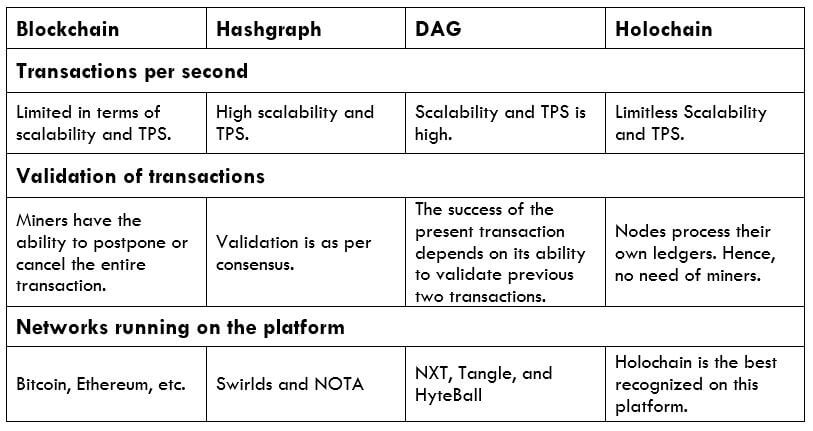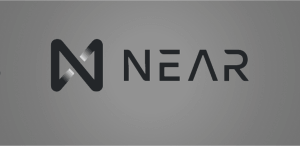Introduction
A distributed ledger or DLT is simply a database that exists across several locations or among various participants. But, in the case of centralized databases, it lives in a fixed location. A distributed ledger eliminates the need for a central authority or intermediary to validate or authenticate transactions. This property makes DLT a trending technology.
Technically speaking, DLT is a digital system for keeping track of transactions in which the transactions and its details are recorded in multiple places at the same time. Here, there is neither a central data storage system nor an administrating functionality. Each node in the distributed ledger processes and verifies each item and creates consensus on each item’s veracity. Also, transaction information is securely stored using cryptography that can be accessed using keys and cryptographic signatures.
Blockchain and DLT: Are they the same?
The most popular application of the distributed ledger is the Blockchain. However, blockchain and distributed ledgers are not the same. Blockchain is just a type of distributed ledger. Blockchain is basically a sequence of blocks, which is in a chain. But, distributed ledgers don’t really require a chain. Therefore, Blockchain is a bit different from the typically distributed ledger. So, note that all blockchains are distributed ledgers, but all distributed ledgers are not blockchains.
Benefits of Distributed ledger
- The primary feature of DLT is itself a great advantage. A distributed ledger gives full control to the information and transaction to the users. This promotes absolute transparency.
- Distributed ledgers such as Blockchain find great applications in financial transactions. They cut down operational inefficiencies, which ultimately reduces cost on transactions. Moreover, it provides greater security due to its decentralized nature.
- DLT offers means to securely and efficiently create a tamper-proof log of activities. Be it international fund transfer or shareholders records, its security and efficiency are unmatchable.
Types of Distributed ledgers
Blockchain hit the headlines when Bitcoin, the first cryptocurrency, surged in the market. Several interesting developments were made in the past decade. However, due to systematic inefficiencies and scaling issues, developers were in search of new solutions outside the blockchain. This search led to the development of Holochain, Hashgraph, and Directed Acyclic Graph.
With the arrival of these solutions, which significantly differ from the blockchain technology, has brought discussions regarding which is the best. Below is a brief comparison of these different types of DLTs.

The use cases of DLT are tremendous. Here, we shall take into account the use cases across the industrial, financial, and consumer sectors.
- Using Smart Contracts to streamline Industrial processes
- Immutable ledgers enable more secure financial transactions
- Blockchain Authentication for identity theft prevention
While the distributed ledger has great advantages, which can considerably affect the present technology, it is in a growing stage and is still being explored to bring the best out of it. However, the decentralized future has at least begun for real.






